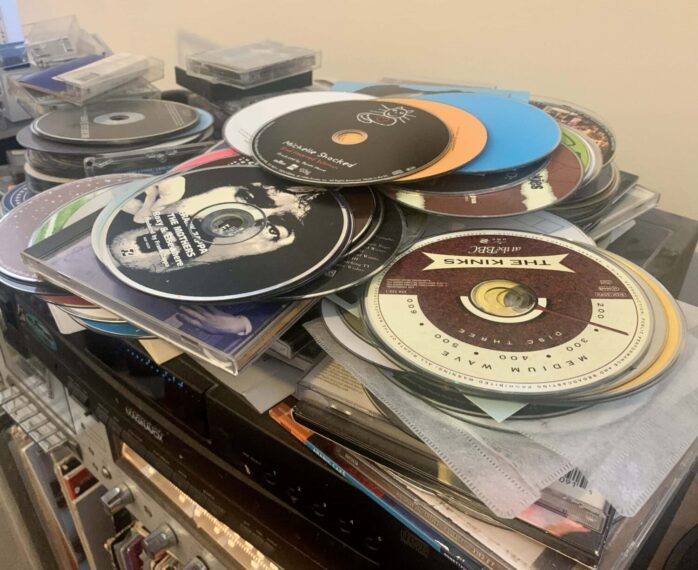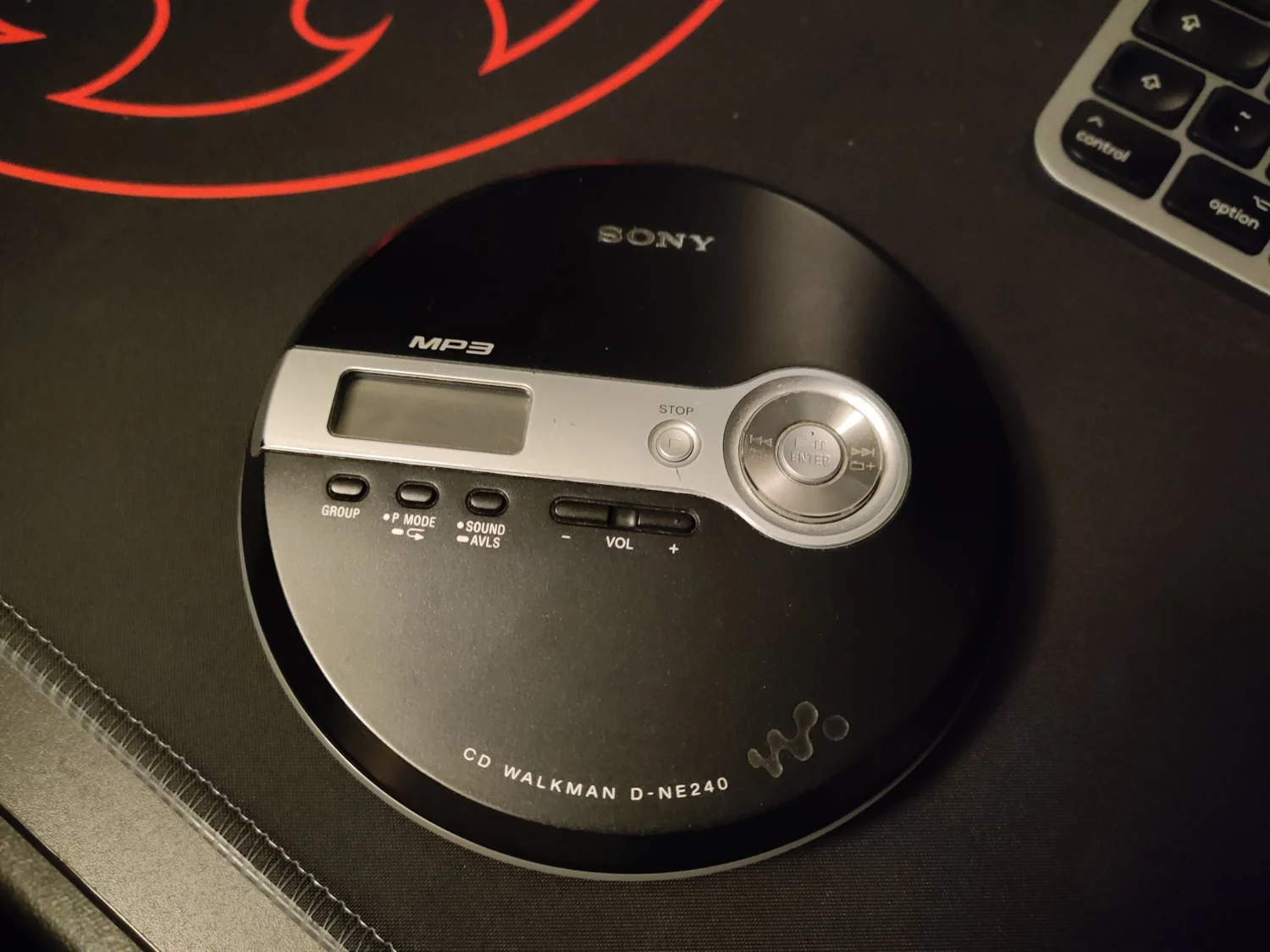In the realm of technological innovation, the past few decades have witnessed a remarkable transformation in the way we consume music. From vinyl records to cassette tapes and then to digital formats, our means of enjoying music have evolved significantly.
Among these transformative milestones, CD players and Walkman devices hold a special place in the hearts of those who experienced their advent. These two iconic devices not only altered the way we listened to music but also served as witnesses to a changing era, marking the transition from analog to digital in the world of music.
The Advent of CD Players: A Sonic Revolution

Compact Disc (CD) players emerged in the late 1970s and early 1980s, introducing a quantum leap in audio fidelity. These sleek, futuristic machines were heralded as the ultimate solution to the limitations of analog formats like vinyl records and cassette tapes. CDs promised clear, distortion-free sound, resistance to wear and tear, and the ability to jump to specific tracks effortlessly. The compact discs themselves, with their glossy surfaces and rainbow-like sheen, became objects of fascination.
CD players were more than just devices; they symbolized a shift toward digital technology in the world of music. They paved the way for the digitization of music collections, making it possible to store hundreds of songs on a single disc. This shift was a precursor to the digital music revolution that would later bring us MP3 players and streaming services, changing the music industry forever.
The Walkman: Music on the Move
While CD players revolutionized home listening, the Sony Walkman, introduced in 1979, changed the way we experienced music outside the confines of our homes. The Walkman was a portable cassette player that allowed people to take their music with them wherever they went. Its iconic design, featuring a cassette deck and headphones, was a symbol of personal freedom and mobility.
The Walkman enabled a new era of music consumption. It allowed individuals to create their own soundtracks for life’s adventures, whether jogging through a park, commuting to work, or traveling on a long flight. For the first time, music became an integral part of our daily routines and personal journeys, a companion to our thoughts and emotions. The term “Walkman” became synonymous with portable music, and its influence extended beyond Sony’s original design to inspire countless portable music devices that would follow.
The End of an Era

As technology continued to advance, the dominance of CD players and Walkman devices eventually waned. The rise of digital audio players and the advent of the iPod in the early 2000s marked a significant turning point. Apple’s sleek and compact device allowed users to carry thousands of songs in their pockets, and it quickly became the new symbol of music portability.
In a world of streaming services like Spotify and Apple Music, where music is available on-demand from the cloud, the days of physical media and dedicated music players seem like distant memories. Yet, the legacy of CD players and Walkman devices lives on, not just in museums and nostalgic retrospectives but also in the cultural impact they left behind.
Cultural Significance and Nostalgia
CD players and Walkman devices are more than just pieces of technology; they are cultural artifacts that hold a special place in the hearts of those who grew up with them. They represent an era when music was cherished and curated, when album artwork and liner notes were appreciated, and when sharing mixtapes was a meaningful expression of love or friendship.
Nostalgia plays a significant role in our affection for these devices. The tactile experience of inserting a CD into a player or pressing play on a Walkman evokes a sense of nostalgia that transcends mere functionality. These devices are not just playback machines; they are time machines that transport us back to moments and memories associated with the music they played.
Preserving the Legacy

While CD players and Walkman devices may no longer be at the forefront of music technology, they continue to captivate collectors and enthusiasts. Vintage audio equipment enthusiasts seek out well-preserved models, not just for their functionality but also for their historical value. In an age where disposable electronics are the norm, these devices serve as a testament to the durability and craftsmanship of the past.
CD players and Walkman devices were more than just technological innovations; they were witnesses to a significant era in the evolution of music consumption. They represented the transition from analog to digital, the freedom of music on the go, and the nostalgia of a bygone era. While they may have been eclipsed by newer technologies, their cultural significance endures, reminding us of the profound impact they had on our lives and the music industry as a whole. As we continue to embrace new forms of music consumption, it’s essential to recognize and appreciate the legacy of these iconic devices that played a pivotal role in shaping our musical journeys.
Nostalgia and Collectibility:
Despite their decline, CD players and Walkman devices remain cherished relics of a time when music consumption was an experience in itself. Many people today hold onto their old devices, treasuring them as sentimental reminders of their youth or the music of a bygone era.
There is also a growing community of collectors and enthusiasts who seek out vintage CD players and Walkman devices, valuing them not only for their historical significance but also for their aesthetic and functional appeal. The devices have become sought-after collectibles, with some models commanding high prices in the vintage electronics market.
CD players and Walkman devices, each in their own way, bear witness to a pivotal era in the history of music and personal entertainment. They reflect a time when music was a tangible experience, when people carefully curated their CD collections, and when the world first experienced the joy of portable music.
As technology continues to advance and digital streaming becomes the norm, it’s essential to appreciate the role these iconic devices played in shaping our musical journeys. CD players and Walkman devices may have faded into the annals of history, but their legacy lives on in the memories of those who grew up with them and the collectors who continue to celebrate their enduring appeal. They are not just pieces of technology; they are time capsules that transport us back to a simpler, more nostalgic time.



















